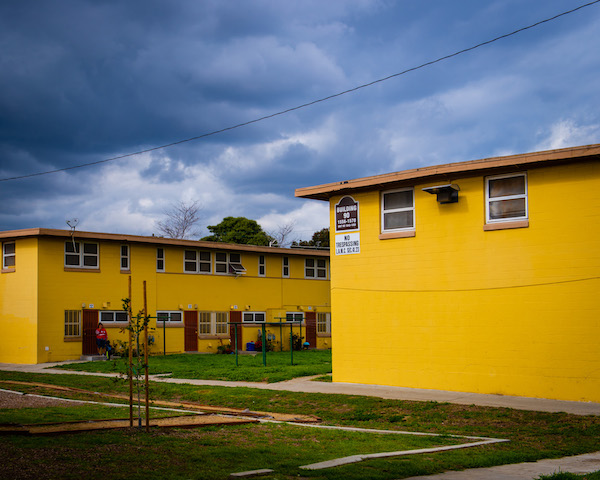Your cart is currently empty!
PROVENANCE The Watts Riots, Nickerson Gardens, and Black Lives Matter

In 1965, angry, fed-up citizens took over Watts, a historically Black neighborhood in South Los Angeles. Similar to the recent Black Lives Matter (BLM) uprisings, the Watts Riots began after police responded to a minor infraction with violence, arresting two Black men at a traffic stop. Enraged, thousands of Angelenos took to the streets to protest the latest instance of police brutality. Over a period of six days, the riots resulted in 34 deaths, thousands of arrests and over $40 million in property damage; ultimately, it required 14,000 National Guardsmen to end it.
The Watts Riots erupted just five days after the passage of the Voting Right Act of 1965, an incredibly progressive policy that attempted to eliminate voter discrimination. But now, only 55 years later, riots are again needed to protest the unjust treatment of Black Americans. Why? What failed? Together, the Watts and Black Lives Matter rebellions reveal that no policy can ameliorate the racial violence and economic exclusion that have defined Black life since the United States’ founding.

But something separates the Watts from the BLM uprisings. Unlike in 2020, in 1965 rioters focused their attentions on a Black neighborhood. Indeed, the destruction of Watts centered on the neighborhood’s large public housing communities, such as Hacienda Village (1942), Avalon Gardens (1941), and Nickerson Gardens (1955) (pictured left). The last was built by Paul R. Williams (1894–1980), a renowned Black American architect and one of the most influential mid-century modernists to work in Los Angeles. Tragically, the destruction of Nickerson Gardens underscored the death of Williams’ dream: that poor Angelenos could live dignified and prosperous lives.
Williams designed Nickerson Gardens to have 1,110 housing units that covered more than 55 acres. This design—dubbed a “superblock” because little to no through traffic passes through it—was defined by a distinctive break from its gridiron surround. The large, two-story apartments contained expansive picture windows that looked out onto the verdant space. At the project’s heart was a large community center that could seat up to 1,000 people, perfect for neighborhood theater productions or other local gatherings. Williams also included a small meeting and craft room, communal kitchen and snack bar, all of which afforded Nickerson Gardens’ residents amenities normally reserved for the wealthy. Put simply, Nickerson Gardens embodied Williams’ conviction that government-funded housing could create a better, more equitable city for its working-class citizens.

Within 10 years, Williams’ project had failed. Though Nickerson Gardens had begun as an integrated community, by 1965 nearly all of its residents were Black, which highlighted the economic disparities that segregated races. Indeed, at mid-century most Black Angelenos were poor, undereducated and forced to use crumbling city infrastructure. Following mass white flight from the urban core to the suburbs, the government disinvested in LA’s interior. As the urbanist Charles Abrams has remarked, suburbanization “redistributed [the city’s] population into areas inhabited by a new white ‘elite’ and a black unwanted.”
The Watts Riots must therefore be understood as at least partially a response to the failure of Williams’ dream—the dream to live a dignified Black life in government-funded housing. When the rioters destroyed Nickerson Gardens, they were merely transforming subtext into text: the government had long ago decided to let the project wither.
It’s therefore heartening that, today, BLM protesters decided to focus their ire on wealthy neighborhoods. Put another way, the working class has identified its enemy.